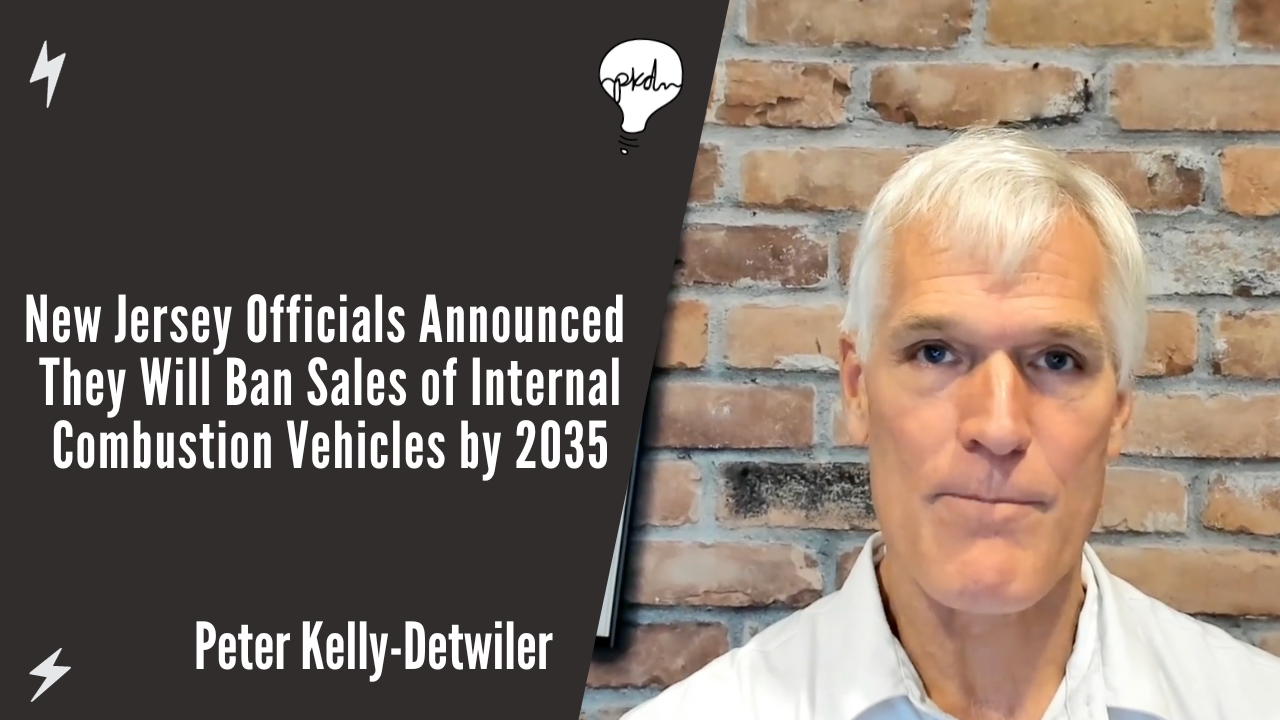Energy Future: Powering Tomorrow’s Cleaner World
Peter Kelly-Detwiler
Energy Future: Powering Tomorrow's Cleaner World invites listeners on a journey through the dynamic realm of energy transformation and sustainability. Listen to this podcast on:
Two recent policy actions suggest an evolving future for DERs.
1) On March 21, 2024, the California PUC issued ruling permitting distributed renewables to be interconnected to the grid through an energy export schedule (referred to as a Limited Generation Profile or LGP). The ruling requires utilities to furnish hourly hosting capacity information for each circuit and lets asset developers design projects that stay within pre-defined limits - export levels can vary 24 times per year - instead of paying for upgrades such as new transformers.This provides a more realistic and cost-effective approach to renewable exports to the grid.
2) On April 4, 2024, the Maryland legislature passed the Distributed Renewable Integration and Vehicle Electrification Act, or DRIVE, that ow goes to the governor for signature. DRIVE requires utilities to compensate customers for providing grid services through virtual power plants, while specifically calling for utilities to accelerate vehicle to grid (V2G) bidirectional charging systems. Utilities must submit V2G plans by next April and virtual power plant plans 3 months later.
3.) These actions matter. Today’s grid runs at around a 41% average annual capacity factor and it’s getting peakier. However, if we could cut demand by just 1%, we could reduce capital costs by roughly 8%. If we could cut peak demand by 10%, we’d reduce total expenditures by roughly a quarter. With a growing population of rooftop solar, home batteries, and EVs, we may soon have the tools to address this opportunity.
4.) California’s first-of-its-kind approach helps avoid unnecessary grid upgrades, while Maryland’s future virtual power plants and bi-directional EVs will add flexibility, while increasing capacity utilization factors –reducing costs per kilowatthour delivered.
5.) Charging EVs at the right times, combined with solar assets, rooftop batteries, and optimized bi-directional flows could deliver more clean power to the right locations, when we need it, while flattening those costly demand curves.
6.) If the two models were combined, then we’d really have something. Utilities elsewhere should be paying attention.




















